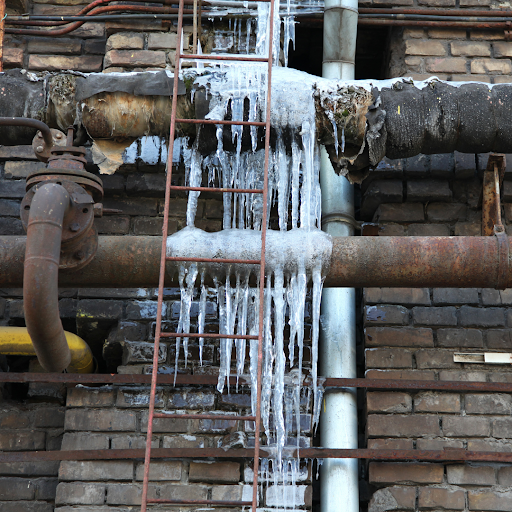How to Protect Pipes from Freezing Damage: Important Tips
Call TodayListed here below you can get additional dependable content in relation to Preventing and dealing with frozen pipes.

Cold weather can ruin your pipes, particularly by freezing pipelines. Here's how to stop it from happening and what to do if it does.
Introduction
As temperature levels decline, the threat of frozen pipelines rises, potentially leading to expensive repairs and water damage. Understanding exactly how to stop icy pipelines is crucial for homeowners in cold climates.
Prevention Tips
Insulating vulnerable pipes
Cover pipelines in insulation sleeves or utilize warm tape to safeguard them from freezing temperatures. Focus on pipelines in unheated or external locations of the home.
Heating techniques
Maintain interior spaces effectively heated, particularly locations with plumbing. Open cupboard doors to allow warm air to distribute around pipes under sinks.
How to identify icy pipelines
Seek decreased water circulation from faucets, uncommon odors or sounds from pipes, and noticeable frost on subjected pipes.
Long-Term Solutions
Architectural changes
Take into consideration rerouting pipelines far from outside wall surfaces or unheated areas. Add extra insulation to attic rooms, basements, and crawl spaces.
Upgrading insulation
Invest in top quality insulation for pipes, attics, and wall surfaces. Proper insulation assists preserve regular temperature levels and reduces the risk of frozen pipelines.
Protecting Exterior Plumbing
Garden tubes and outside faucets
Detach and drain pipes garden hose pipes before winter months. Mount frost-proof faucets or cover outdoor faucets with shielded caps.
Comprehending Frozen Pipes
What creates pipelines to freeze?
Pipelines ice up when subjected to temperature levels listed below 32 ° F (0 ° C) for prolonged durations. As water inside the pipes freezes, it broadens, taxing the pipeline wall surfaces and possibly causing them to rupture.
Dangers and problems
Frozen pipes can cause water supply disturbances, residential property damages, and expensive repair work. Burst pipes can flooding homes and cause extensive architectural damages.
Signs of Frozen Pipeline
Recognizing icy pipelines early can prevent them from bursting.
What to Do If Your Pipes Freeze
Immediate activities to take
If you believe icy pipelines, maintain taps open up to alleviate pressure as the ice melts. Utilize a hairdryer or towels taken in warm water to thaw pipes slowly.
Conclusion
Protecting against icy pipelines needs positive procedures and fast actions. By comprehending the causes, signs, and safety nets, house owners can safeguard their pipes throughout cold weather.
5 Ways to Prevent Frozen Pipes
Drain Outdoor Faucets and Disconnect Hoses
First, close the shut-off valve that controls the flow of water in the pipe to your outdoor faucet. Then, head outside to disconnect and drain your hose and open the outdoor faucet to allow the water to completely drain out of the line. Turn off the faucet when done. Finally, head back to the shut-off valve and drain the remaining water inside the pipe into a bucket or container. Additionally, if you have a home irrigation system, you should consider hiring an expert to clear the system of water each year.
Insulate Pipes
One of the best and most cost-effective methods for preventing frozen water pipes is to wrap your pipes with insulation. This is especially important for areas in your home that aren’t exposed to heat, such as an attic. We suggest using foam sleeves, which can typically be found at your local hardware store.
Keep Heat Running at 65
Your pipes are located inside your walls, and the temperature there is much colder than the rest of the house. To prevent your pipes from freezing, The Insurance Information Institute suggests that you keep your home heated to at least 65 degrees, even when traveling. You may want to invest in smart devices that can keep an eye on the temperature in your home while you’re away.
Leave Water Dripping
Moving water — even a small trickle — can prevent ice from forming inside your pipes. When freezing temps are imminent, start a drip of water from all faucets that serve exposed pipes. Leaving a few faucets running will also help relieve pressure inside the pipes and help prevent a rupture if the water inside freezes.
Open Cupboard Doors
Warm your kitchen and bathroom pipes by opening cupboards and vanities. You should also leave your interior doors ajar to help warm air circulate evenly throughout your home.

I recently found that write up on How to prepare your home plumbing for winter weather while scouting around the web. Sharing is good. Helping others is fun. Thanks a bunch for being here. Don't forget to come visit our site back soon.
Book Your Appointment